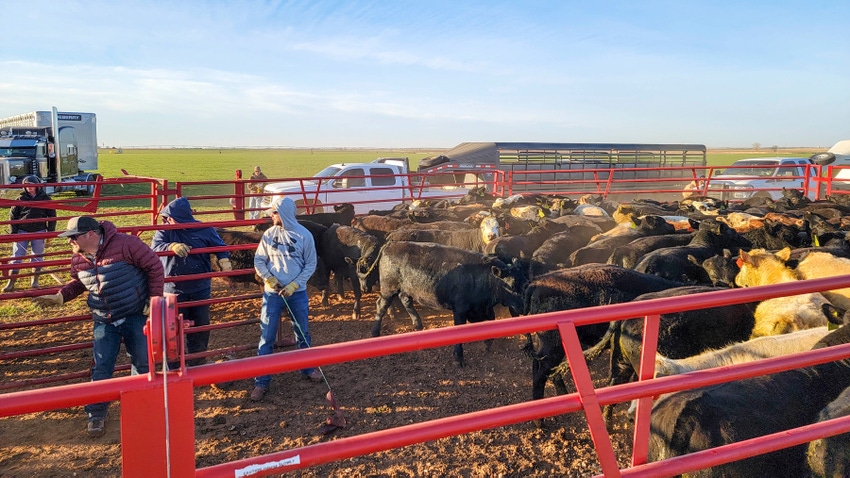Guarding Success: Bagley Risk Management Provider
Guarding Success: Bagley Risk Management Provider
Blog Article
Understanding Animals Threat Defense (LRP) Insurance Policy: A Comprehensive Guide
Browsing the world of animals risk defense (LRP) insurance can be an intricate venture for many in the farming industry. From just how LRP insurance policy works to the numerous protection options available, there is much to uncover in this extensive guide that might potentially shape the way livestock manufacturers come close to danger management in their services.

How LRP Insurance Policy Works
Sometimes, understanding the mechanics of Livestock Risk Protection (LRP) insurance policy can be complicated, however damaging down just how it works can provide clearness for farmers and ranchers. LRP insurance policy is a threat administration tool designed to shield animals producers against unexpected cost declines. It's important to keep in mind that LRP insurance policy is not an income guarantee; rather, it concentrates exclusively on rate threat defense.
Eligibility and Protection Options

When it comes to protection choices, LRP insurance policy offers producers the flexibility to choose the coverage level, insurance coverage period, and endorsements that ideal match their danger monitoring demands. By recognizing the qualification criteria and coverage alternatives readily available, animals producers can make enlightened choices to handle danger properly.
Advantages And Disadvantages of LRP Insurance Policy
When reviewing Animals Threat Defense (LRP) insurance policy, it is essential for animals manufacturers to evaluate the advantages and drawbacks fundamental in this risk administration tool.

One of the primary benefits of LRP insurance coverage is its capacity to provide security versus a decline in animals rates. This can help protect producers from monetary losses arising from market changes. In addition, LRP insurance policy uses a level of adaptability, allowing producers to personalize insurance coverage levels and policy durations to match their particular requirements. By securing in a guaranteed cost for their animals, manufacturers can better take care of risk and plan for the future.
Nonetheless, there are likewise some downsides to take into consideration. One constraint of LRP insurance is that it does not shield against all sorts of dangers, such as illness episodes or all-natural calamities. Costs can often be costly, specifically for producers with big livestock herds. It is crucial for producers to thoroughly evaluate their specific threat direct exposure and monetary circumstance to figure out if LRP insurance policy is the best risk administration tool for their procedure.
Recognizing LRP Insurance Policy Premiums

Tips for Maximizing LRP Conveniences
Making best use of the benefits of Livestock Risk Protection (LRP) insurance coverage needs calculated planning and blog here aggressive risk monitoring - Bagley Risk Management. To make the many of your LRP coverage, think about the adhering to pointers:
Routinely Analyze Market Conditions: Keep informed about market trends and rate fluctuations in the livestock sector. By keeping track of these factors, you can make informed decisions about when to acquire LRP insurance coverage to protect against potential losses.
Set Realistic Insurance Coverage Degrees: When picking coverage levels, consider your manufacturing costs, market value of livestock, and potential risks - Bagley Risk Management. Setting sensible protection degrees makes certain that you are sufficiently shielded without paying too much for unnecessary insurance
Diversify Your Insurance Coverage: Rather than relying only on LRP insurance, think about expanding your threat administration methods. Combining LRP with other threat management devices such as futures agreements or alternatives can offer detailed coverage versus market uncertainties.
Testimonial and Adjust Insurance Coverage Regularly: As market conditions transform, regularly review your LRP protection to ensure it lines up with your current threat direct exposure. Adjusting coverage degrees and timing of acquisitions can assist maximize your threat security approach. By complying with these pointers, you can optimize the advantages of LRP insurance and secure your animals procedure against unpredicted threats.
Final Thought
Finally, animals threat protection (LRP) insurance policy is a beneficial tool for farmers to manage the monetary risks related to their livestock operations. By understanding just how LRP functions, qualification and protection alternatives, as well as the pros and cons of this insurance coverage, farmers can make informed decisions to shield their source of incomes. By thoroughly considering LRP costs and implementing techniques to maximize advantages, farmers can mitigate potential losses and ensure the sustainability of their operations.
Livestock producers interested in obtaining Animals Risk Security (LRP) insurance can discover an array of qualification standards and coverage choices tailored to their specific animals operations.When it comes to insurance coverage options, LRP insurance uses producers the versatility to pick the insurance coverage level, protection duration, and recommendations that finest suit their risk monitoring needs.To understand the intricacies of Animals Danger Security (LRP) insurance site completely, comprehending the factors influencing LRP insurance coverage costs is critical. LRP insurance premiums are determined by various components, including the insurance coverage level chosen, the expected price of animals at the end of the insurance coverage duration, the kind of livestock being insured, and the length of the protection period.Review and Change Protection Frequently: As market problems alter, periodically examine your LRP insurance coverage to ensure it straightens with your present risk exposure.
Report this page